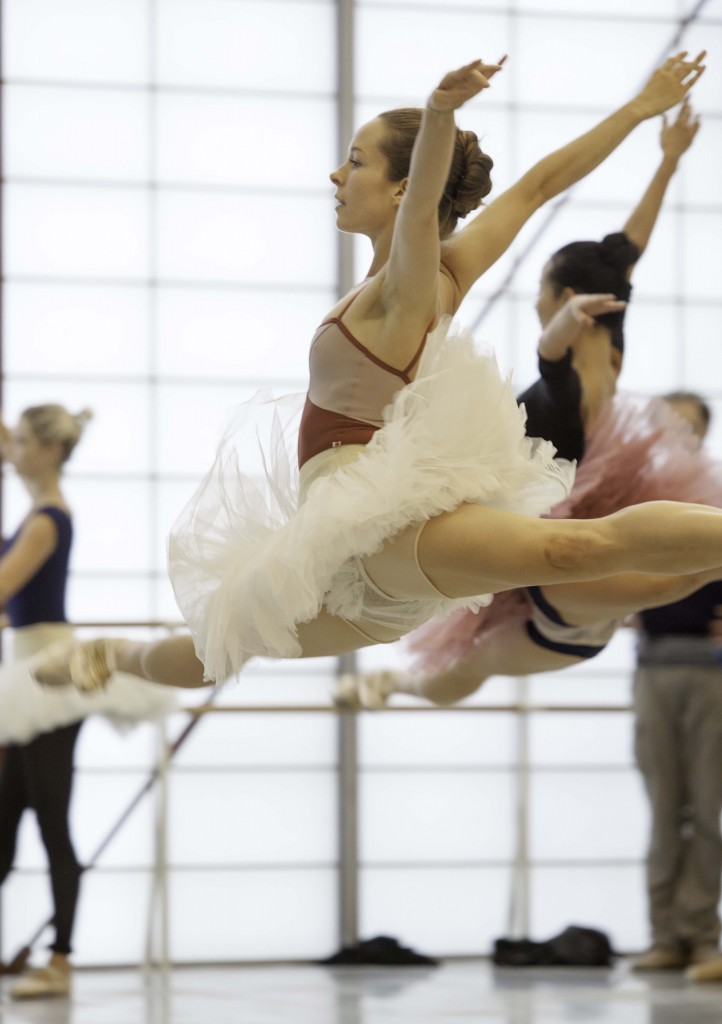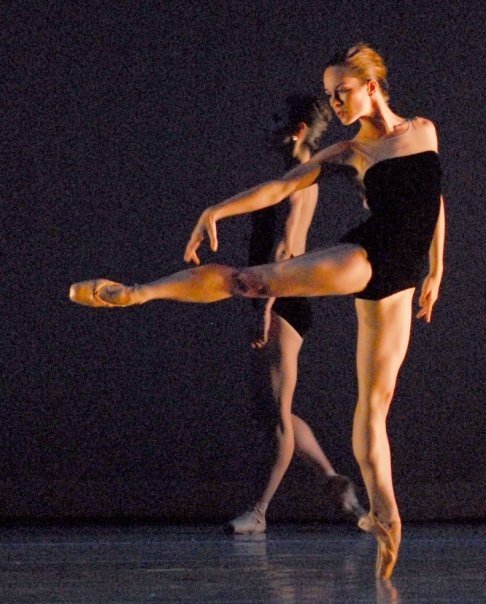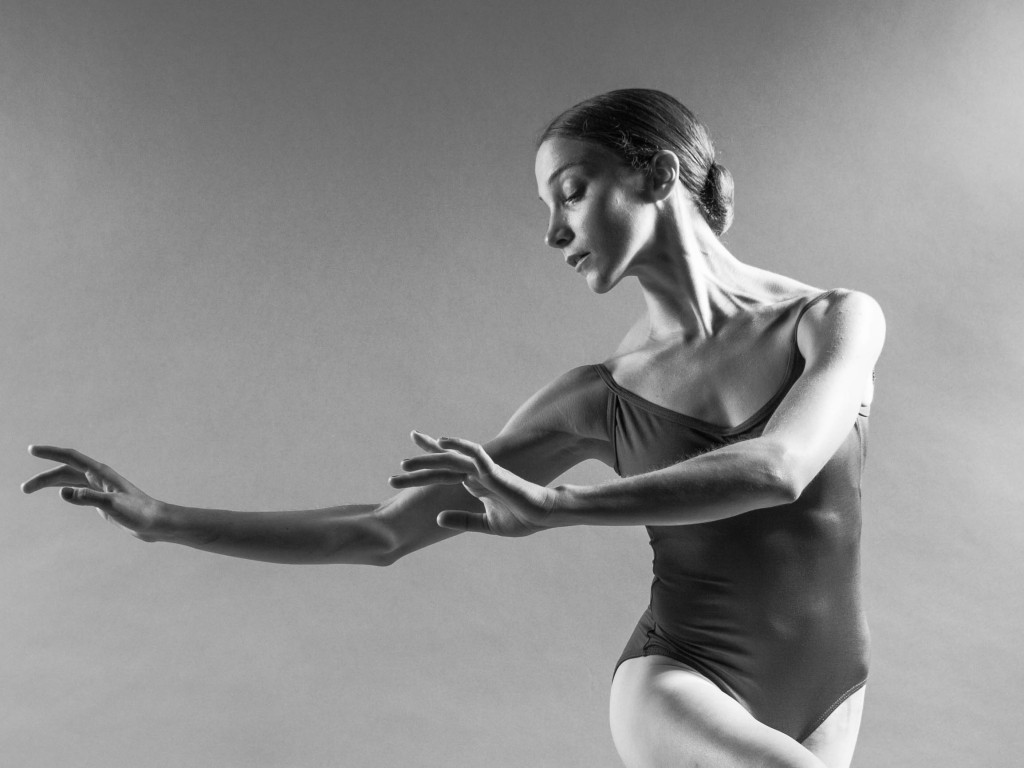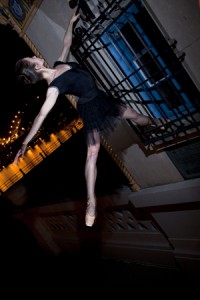
Dance, like any other career, has a learning curve. With time and experience, you find ways to navigate your daily life in this art form–and piece by piece you learn what works best for you in terms of a career path. It isn’t always easy–especially in the beginning–but over time, most dancers find their own way.
Our new series features posts from professional dancers from companies across the nation. They’ll be writing about a variety of different topics, sharing a behind-the-scenes look at what this career looks like up close…each from their own individual perspective.
Today we’ll be hearing from our new contributing writer Alessa Rogers. A dancer at Atlanta Ballet, she has graciously pulled together some of the most valuable things she has learned over the course of her career to share with you here–including a piece of advice from Twyla Tharp! Look for more posts from Alessa and other professional dancers in the coming months.
We hope you are enjoying this new series! –Catherine

by Alessa Rogers
There is no formula for being a professional ballet dancer. There are some obvious requirements like having a good work ethic, a good teacher, a fair amount of luck–and a lot of Advil. But there are some other tips that I’ve picked up over the course of the past couple decades that I have found useful in my career.
1) Don’t quit. This may seem like a no-brainer but sometimes I feel like the reason that I managed to become a professional dancer over some of the girls I trained with is simply that I stuck with it and they didn’t.
2) Be nice. By criticizing others you take energy away from improving yourself. Gossip will not make you a better dancer and it will definitely make you a less desirable person to be around. Remember that the dance world is incredibly small. You will run into the same people again. Make it so that when you do run into those people they are happy to see you. You never know when it will pay off to have been kind.
Even when you are doing a solo, don’t forget about the countless people who helped you get to where you are today–your parents, teachers, the artistic staff, even the production crew. These people don’t get a curtain call or spotlight. Be grateful to those people in your life and when you get a chance, pass it on.
3) Love your body, worship it, treat it well. As a dancer, your body is the only instrument you have. Listen to it when it hurts and needs special care. Kiss your feet before a show. Say thank you to your body after a long week. Ballet gives us nothing to hold, so care for your body like a museum would care for a masterpiece.
4) Learn from others. Watch dance voraciously. Watching the people in your class is the easiest way to do that but these days you can watch almost anything online. If possible go see professional dance live. Ask professional dancers questions. Learn from them. But learn from your friends too. A correction for them is also a correction for you. Which brings us to:
5) Corrections are good things. Don’t feel ashamed or take it too personally if you get a correction. Feel grateful that you have a chance to improve. Strive to hear a correction only once.
As soon as I am given a correction I repeat it in my head a few times to help it stick. Later I might write it down. Be patient with yourself if it does take some time to apply. Bodies respond differently everyday and habits are hard to change but make no excuses when something doesn’t work. Mistakes happen, even when you are a professional dancer. Learn from them and then let them go.

6) There will always be someone better than you. The sooner you realize this the sooner you will be able to be proud of where you are right now and how far you’ve come. Having people who are better than you should give you inspiration–not depression. Be gentle with yourself. A dancer has to work hard enough, don’t put yourself down while you are doing it. Trust me, other people will do that for you. Be patient with yourself and ignore the naysayers, especially if the naysayer is you. You are almost certainly better than you think you are.
7) You have to find the right company for you. It might take a few before you find a good fit. Having a dream company is good for motivation, but realize there are so many factors that go into hiring dancers. If that dream company passes you up because they need a brunette this season that shouldn’t crush your dreams of being a dancer in general.
Find a company that will appreciate you and also push you to be the best dancer you can be. When you do get a job don’t be afraid to have respectful conversations with your director about issues that concern you. Also, cattle call auditions are rarely the best way to be seen.
8) Work smart. A ballet career is so short. You have to work hard to make use of the time you have. This does not always mean physically (but do that too). You can save a lot of time and energy if you use your brain as well.
Instead of throwing yourself into doing something poorly over and over again pause and think about how you could approach it differently. You’ll find you have more control over your body and improve more rapidly. Decide before each combination what you are going to focus on in that combination. It might be your port de bras or playing with the musicality or spotting a different place. Thinking about an intention before each combination or visualizing the choreography in your head before you actually take a single step will help enormously.
Also, do your homework at night. Go over your part, research your roles and take care of your body so you are prepared for the next day. [Read more…]













